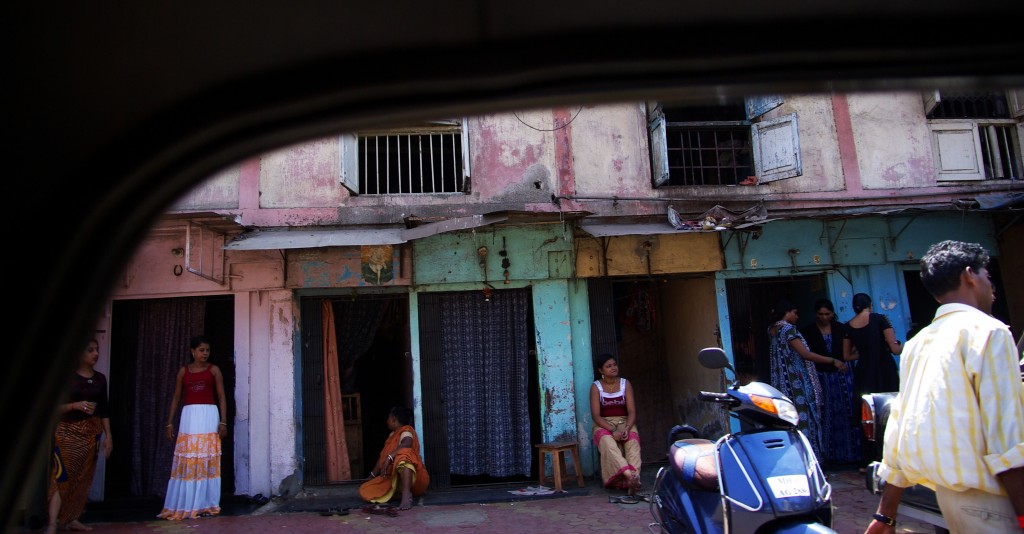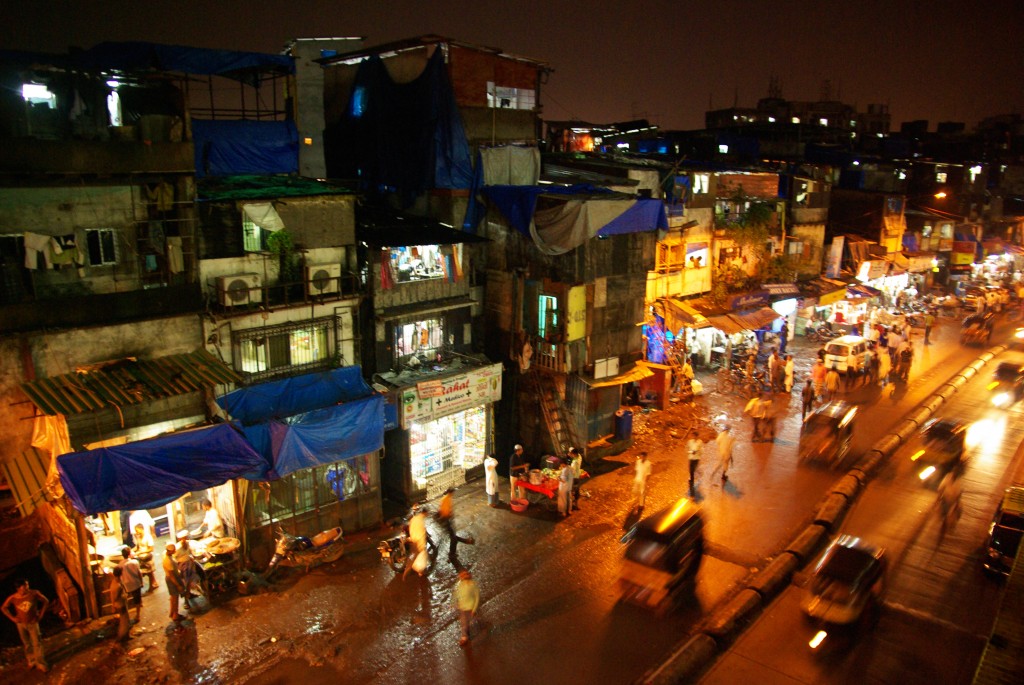"]
There is always a story behind the story. Nate and I have been privileged to walk with these two cherished friends and witness the story behind this story that many thousands across the world are now reading. I read the manuscript years ago while spending a weekend at my mom’s house and, even in its nascency, it gripped me. Though the story is set on a different continent from where my children are born, it sheds light on their potential destiny, thwarted.
This message worked its way into me as I watched the baby being formed; ultrasounds and birth pangs, witnessed, only enhanced what I sensed was being released through Corban’s words. Then, again, to hold the crisp copy in my hands and let the story be told to me one more time, I was reminded: I can’t see and not respond.
Here’s a window, today, into Corban Addison’s story behind the story. Read …and ask, Father, show me your heart.
(For the month of May and two weeks into June, I will be pressing pause on my online writing and this space will become a series of testimonies of what He births in the midst of delay, perplexity and pain. Author friends from around the world, who love words on a page and Him even more, will share, here, how they have seen Him make the bitter, sweet.)
+++
“How do you deal with it?” people often ask when they hear I went undercover into brothels in Mumbai to research my novel, A Walk Across the Sun. “How do you handle the memory of it—the girls you met behind closed doors and drawn shades, girls you knew would be raped by at least a dozen men before the dawn?”

When I left the brothel district that night, I had no way of answering that question. All I could say is that I did it and that it had been necessary. I knew in a deeply intuitive way that to write a novel exposing the global sex industry I had to see it with my own eyes. Looking back across three years, I see now what I didn’t see then. I handled the horror of the brothels by placing it—again in a deeply intuitive way—into a broader frame of reference, a frame defined by hope.
Since the release of A Walk Across the Sun a few months ago, I have used that word many times in conversation. Hope lies at the core of my message—that no matter how monstrous it may be, no matter how socially entrenched and economically lucrative, slavery is not inevitable. It can and must be defeated.
Some people have greeted my optimism skeptically. Others have been grateful, though tentative, held in check by an internal voice of doubt. Most, however, have been bewildered. “How can you be hopeful,” they say, “when there are millions of children held captive in the sex trade around the world and in our own communities here in America? How can you be optimistic when a decade of efforts by governments and law enforcement haven’t seemed to make a dent in the fastest growing criminal enterprise on Earth?”

I understand the response. When I first immersed myself in the trafficking literature, I, too, felt overwhelmed. The statistics are so enormous and the stories so evil that a certain degree of emotional paralysis is unavoidable. As I learned, there are only two roads out of the thicket: the path of despair, which leads to cynicism and indifference, and the path of hope, which leads to engagement and action. For each person, the axis on which this decision turns is unique—a quicksilver mix of psychology and personality.
As a Christian and a generally positive person, I was inclined toward the path of hope. But the countless stories of diabolical violence, of serial rape and horrific abuse as diverse as the depravity of man, were too serious to be greeted with glib optimism or an ethereal redemption narrative. To believe—I mean, really believe—that such violence could be vanquished and its victims restored, I needed evidence.
For a long time, I held on to the individual stories of rescue and rehabilitation like a shipwrecked sailor clutching a piece of flotsam in the stormy sea. I adapted Mother Theresa’s response to a question about global poverty into a personal motto: “I do the thing in front of me.” It was this particularized notion of hope that inspired me to write A Walk Across the Sun and influenced the development of the narrative. The story I tell in the book is a story of personal rescue and redemption—of two Indian sisters orphaned by a tsunami and swept into the global sex trade, and of a young American lawyer who leaves his privileged life and risks all to save them.
But the question haunted me when I dared to admit it: Is this the best we can hope for? A few kids rescued by heroes while millions more are exploited around the globe?
It was not until I remembered my history that my reference frame expanded and hope truly took root in my soul. In the 1780s, the African slave trade was an unquestioned institution in British society—massively profitable, politically protected, and mostly invisible, confined as it was to outposts in the Empire. Abolitionism did not exist; Africans were considered lesser mortals; the stories of horror from the slave ships plying the Middle Passage, while troubling, seemed largely irrelevant to ordinary British people.
Then along came William Wilberforce and his band of insurrectionists, and inside a generation the world changed. In 1807, Britain outlawed the slave trade. A generation later, as Wilberforce lay on his deathbed, Parliament abolished slavery across the Empire. The African child who in 1780 had been bought, sold, beaten, raped, separated from family, and worked to the bone was suddenly and irrevocably emancipated. The same thing happened in America, though to our shame it took another generation and a bloody war.
The point is this: Hope in the age of sex trafficking is not an artifice because sex trafficking is no more inevitable today than African slavery was two centuries ago. It is massively profitable, insulated by all manner of corruption—political and otherwise—and mostly invisible to ordinary people of goodwill.
But it is vulnerable to the same forces that brought black slavery to its knees. Man is born free; his chains are imposed. And because they are imposed, they can be broken if only we who are free have the courage to break them. What Wilberforce and his contemporaries learned is that the conscience of a society can only flee the truth for so long before the truth catches up and redefines the society. Under the unrelenting light of the sun, the illusions of the night fade until the day colors the whole world in truth.
The same rule applies today. There is a truth our society is running from. As our ancestors commodified labor in the New World, our culture has commodified sex. While the slaves of yesteryear were formally held in bondage by slave owners, their chains were cemented by a principle of racism that excluded Africans from the brotherhood of humankind. In the same way, the sex slaves of today, while controlled by pimps, traffickers, and brothel owners, are in bondage to a philosophy of sexual gratification that permits (or indifferently indulges) the widespread purchase of sex.

To defeat sex slavery today, we need a new generation of “incurable fanatics” (to use Wilberforce’s phrase) determined to turn the light of the sun on the ordinary men whose money fuels the trade and to force society at large to confront its complicity in the objectification and commodification of human sexuality.
This is the ultimate answer to the question posed by my brothel experience. I deal with the memory of the girls I met by committing myself to the abolition of all brothels, including theirs. This kind of systemic change may not happen in my lifetime, but I am not deterred. I have reason to hope.

Corban Addison is an attorney, a human rights activist, and the author of the international bestselling novel A Walk Across the Sun. He lives with his wife and two children in Virginia.
